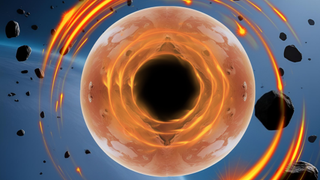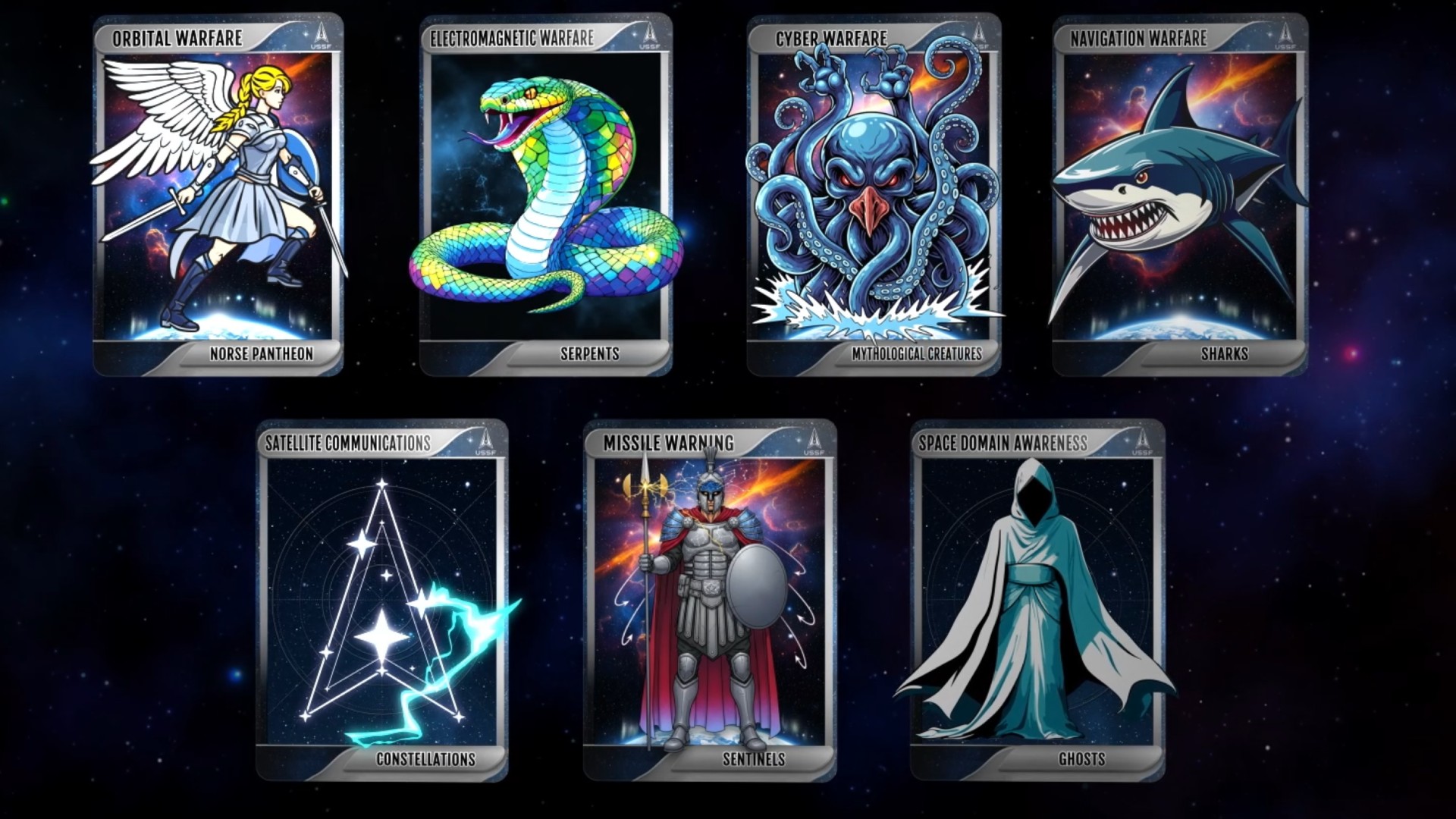Robert Lea is a science journalist in the U.K. whose articles have been published in Physics World, New Scientist, Astronomy Magazine, All About Space, Newsweek and ZME Science. He also writes about science communication for Elsevier and the European Journal of Physics. Rob holds a bachelor of science degree in physics and astronomy from the U.K.’s Open University. Follow him on Twitter @sciencef1rst.
Latest articles by Robert Lea
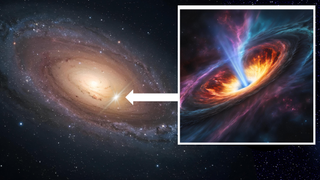
Astronomers discover rogue black hole speeding through distant dwarf galaxy
By Robert Lea published
Astronomers have discovered a rogue intermediate mass black hole blasting out jets over 3,000 light-years from the heart of its home galaxy, where it would usually lurk.
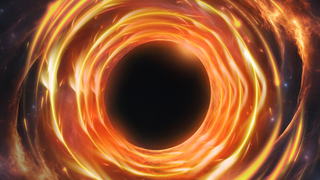
Scientists say there's a 90% chance we could spot an exploding black hole in the next decade
By Robert Lea published
New research suggests that if primordial black holes exist, there is a 90% chance our telescopes could detect one exploding in the next 10 years.
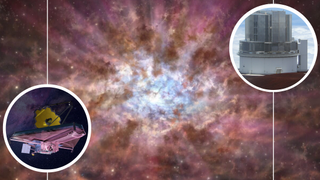
Astronomers finally find elusive, dust-shrouded supermassive black holes at ‘Cosmic Dawn’
By Robert Lea published
Using the James Webb Space Telescope and the Subaru Telescope in powerful tandem, scientists have discovered the first shrouded supermassive black holes at Cosmic Dawn.
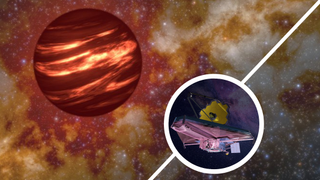
James Webb Space Telescope studies a 'failed star' named 'The Accident' to solve an old mystery of Jupiter and Saturn
By Robert Lea published
A study of the "failed star" brown dwarf known as "The Accident," conducted by the James Webb Space Telescope, may reveal a solution to an old mystery of Jupiter and Saturn.

Scientists find evidence of flowing water on Ryugu’s ancient parent asteroid. 'It was a genuine surprise!'
By Robert Lea published
Water may have flowed on the asteroid that birthed the space rock Ryugu a billion years after it formed, much later than previously thought, changing our perception of the early solar system.
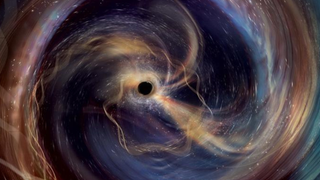
Gravitational wave detector confirms theories of Einstein and Hawking: 'This is the clearest view yet of the nature of black holes'
By Robert Lea published
Celebrating 10 years since the first detection of gravitational waves coming from colliding black holes, LIGO has confirmed the predictions of the greatest minds in physics.
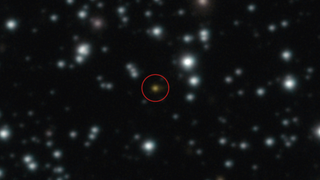
Astronomers discover repeating gamma-ray burst 'unlike anything we have ever witnessed before' (video)
By Robert Lea published
A newly discovered gamma-ray burst is unlike any seen before, repeating over the course of a day rather than erupting in milliseconds, leaving astronomers perplexed by its origins.

Small black holes are surprisingly messy eaters, Japanese spacecraft discovers: 'Being surprised is good'
By Robert Lea published
It isn't just supermassive black holes that are messy eaters. Using a Japanese space telescope called XRISM, scientists have found that small black holes are a "hot mess," too.
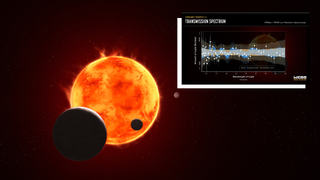
Does the nearby exoplanet TRAPPIST-1e support life? New James Webb Space Telescope data could help us find out
By Robert Lea published
The James Webb Space Telescope has investigated the "Goldilocks zone" planet TRAPPIST-1e to search for a potential atmosphere and hints of habitability.
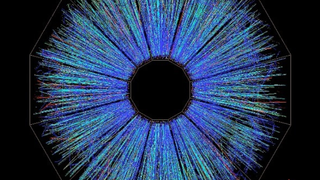
A new particle detector is ready to probe 'ashes' of the Big Bang after passing its 'standard candle' test
By Robert Lea published
"You never see the Quark Gluon Plasma itself — you just see its ashes."
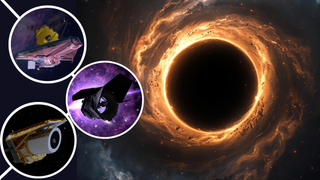
How the James Webb, Euclid and Roman space telescopes could team up to hunt supermassive black holes from the dawn of time
By Robert Lea published
Three powerful space telescopes, Euclid, Roman, and the James Webb Space Telescope, could team up to detect black holes as early as 250 million years after the Big Bang.
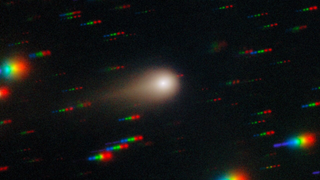
Scientists capture interstellar invader comet 3I/ATLAS growing a tail: 'This image is both a scientific milestone and a source of wonder' (photo, video)
By Robert Lea published
Astronomers have captured a stunning new image of the interstellar intruder 3I/ATLAS, seeing its growing tail and glowing coma.
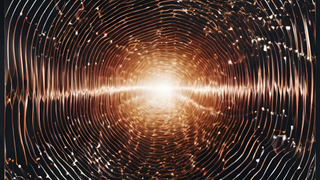
Radical new Big Bang theory says gravitational waves created galaxies, stars and planets
By Robert Lea published
A new Big Bang model does away with speculative elements, putting gravitational waves at the forefront of the creation of galaxies, stars, and planets.
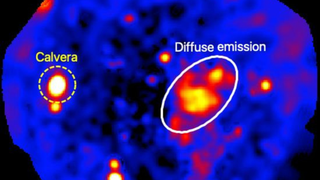
Astronomers discover a 'forbidden' pulsar fleeing a supernova in a seemingly empty region of the Milky Way
By Robert Lea published
A neutron star-powered pulsar is fleeing a supernova explosion in the outskirts of the Milky Way, a low-density region where such events are "forbidden."

Interstellar invader comet 3I/ATLAS could be investigated by these spacecraft as it races past the sun: 'This could be literally a once-in-a-lifetime opportunity'
By Robert Lea published
Excitement is building regarding the interstellar invader 3I/ATLAS, with new research suggesting which spacecraft from Earth could get a close-up view of the comet.
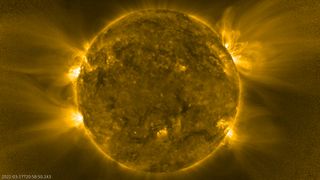
Scientists discover explosive origins of superspeed electrons streaming from the sun
By Robert Lea published
The Solar Orbiter spacecraft has tracked near-light-speed electrons back to the sun, finding two distinct families generated by solar flares and CMEs.
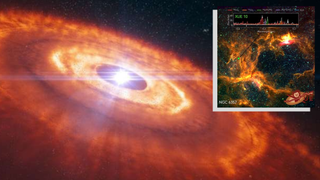
James Webb Space Telescope spots odd planet-forming disk around infant star
By Robert Lea published
The James Webb Space Telescope has observed a planet-birthing disk of gas and dust around a young star, uncovering some strange and unexpected chemistry.
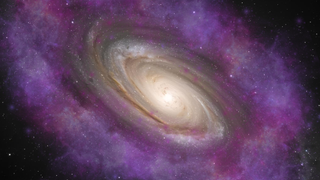
'We need to broaden our search, and now we can.' Scientists are set to unleash a powerful new weapon in the hunt for dark matter
By Robert Lea published
Scientists have retreated to deep beneath the French Alps to broaden the hunt for dark matter particles that could be "WIMPier than WIMPS."
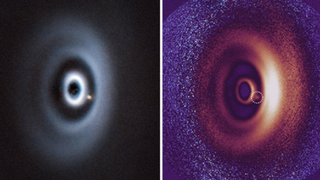
'A remarkable discovery': Astronomers find 1st exoplanet in multi-ring disk around star
By Robert Lea published
Astronomers are amazed to have discovered a baby exoplanet gobbling up matter around an infant star like a planetary Pac-Man.

Nobel prize winner and gravitational wave pioneer Rainer Weiss dies at 92
By Robert Lea published
MIT professor, Nobel prize winner, and renowned astrophysicist Rainer Weiss has passed away at the age of 92.
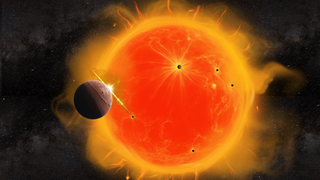
How scientists are using exoplanets to map out 'polka dots' on stars
By Robert Lea published
Scientists have developed a new technique that could help them understand "polka dot" stars using the transits of exoplanets.
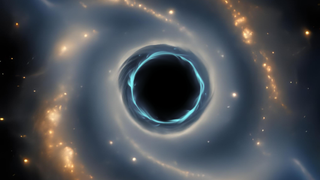
Warped spacetime with surprise 'double-zoom' reveals radiation around distant supermassive black hole
By Robert Lea published
A happy coincidence and a theory first put forward by Albert Einstein over 100 years ago helped scientists detect faint radiation around a distant supermassive black hole.

Exoplanets engulfed in steam are taking center stage in the search for life in our galaxy
By Robert Lea published
Scientists have developed a new and improved method to better understand "steam world" exoplanets, a move that could refocus the search for life.
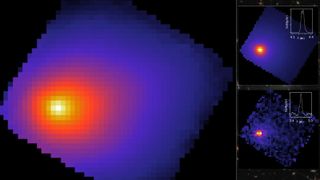
James Webb Space Telescope takes 1st look at interstellar comet 3I/ATLAS with unexpected results
By Robert Lea published
The James Webb Space Telescope has joined the study of the interstellar invader 3I/ATLAS, uncovering secrets that could reveal more about the planetary system in which it formed.
Breaking space news, the latest updates on rocket launches, skywatching events and more!

